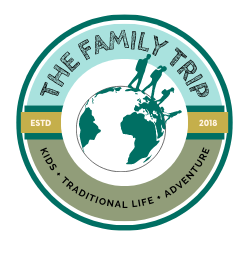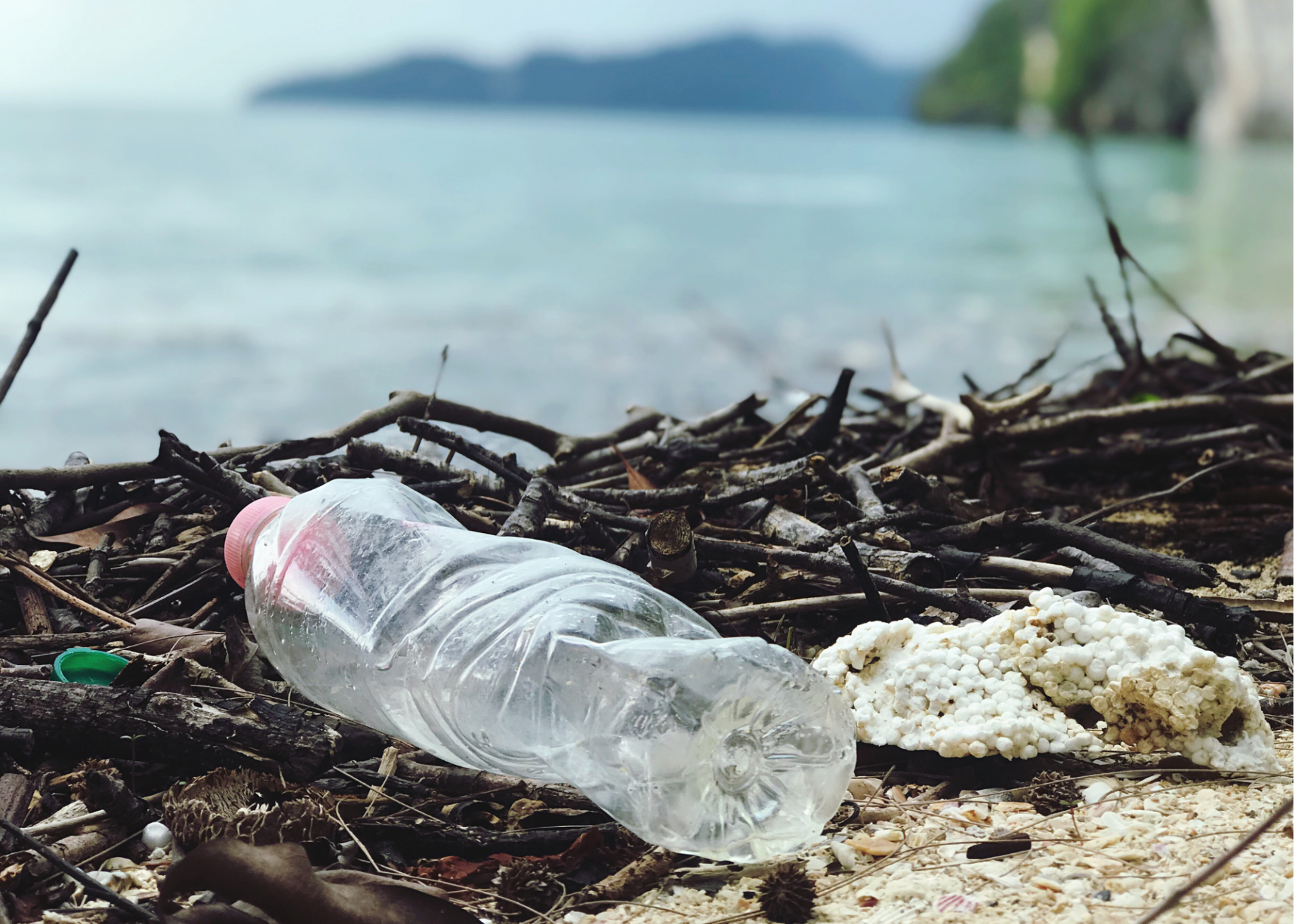
When we visited Grand Cayman, one of the most distressing moments was picking plastic trash in heaps and mounds off an otherwise gorgeous deserted beach. Likewise, when we were in the Dominican Republic on a mission trip, the trash rolling in with the ocean waves was depressing.
Upon return from the Caymans, determined to be part of the solution, I had new eyes. I was appalled to walk into my shower and notice all the plastic bottles my toiletries were in! While we’ve been moving towards plastic-free in the kitchen as much as we can, and in our purchasing decisions for food and beverage (yes, we do carry our own reusable glass straws in my purse, and we always bring reusable water bottles wherever we go), the toiletries were a big problem I decided to tackle.
Note: There are some affiliate links below. This means that when you click, at no cost to you, The Family Trip receives a small benefit to support our website. You can read our disclaimer here.
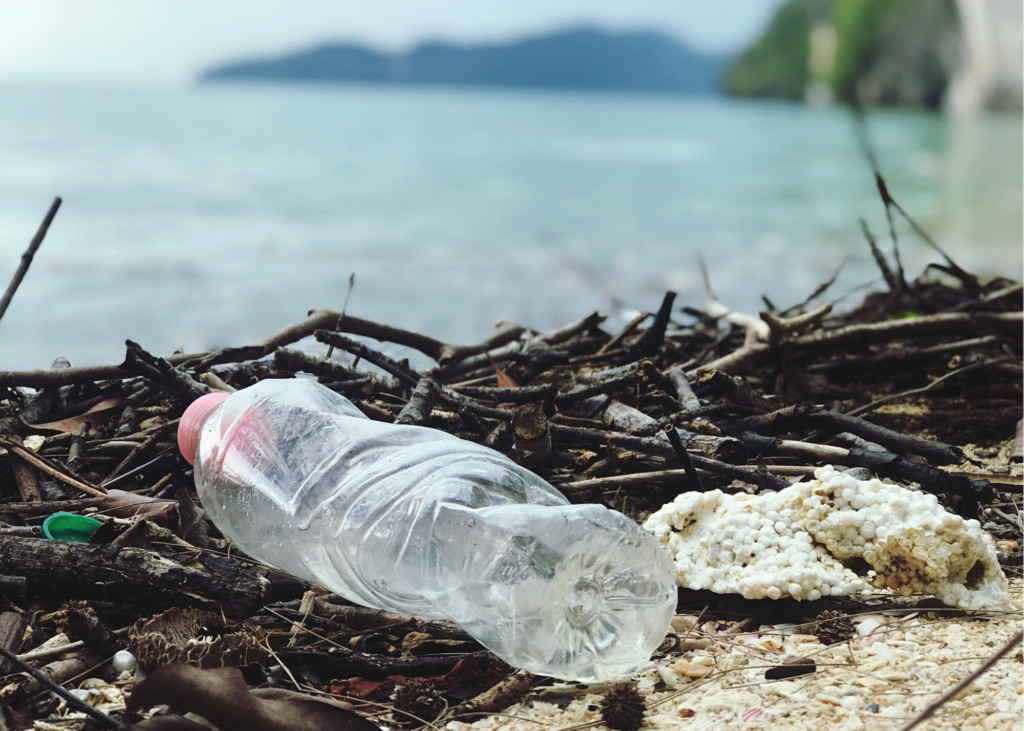
I am not a person who is very tied or loyal to any beauty products outside my facial products with Beautycounter, so maybe this was an easier experiment for me?
But here is what I tried out, with my honest feelings afterwards:
So much of the plastic is actually in the packaging, not the products. So starting with these products seemed like a really good plan.
The problem? I had massive issues with some of the actual results of the products inside the sustainable packaging.
For example, shampoo bars did not work with my hair at all. I have long, thick, straight hair without any texture. Shampoo bars left my hair so incredibly oily and my hair never “adapted,” as I read it should.
And the natural toothpaste? It wasn’t awful, but it doesn’t travel well (which, of course, we travel a lot) and it was not super sanitary to dispense. But I would do that again, overall.
Things I am definitely committed to? The toothbrushes, the hair ties and the natural sponges.
Of course, the problem in those products is that every time we go to the dentist we get a plastic toothbrush (for my kids, they unwrap it and use it as part of the cleaning). And we travel a lot. The options for plastic-free toiletries when it comes to travel are right around zero.
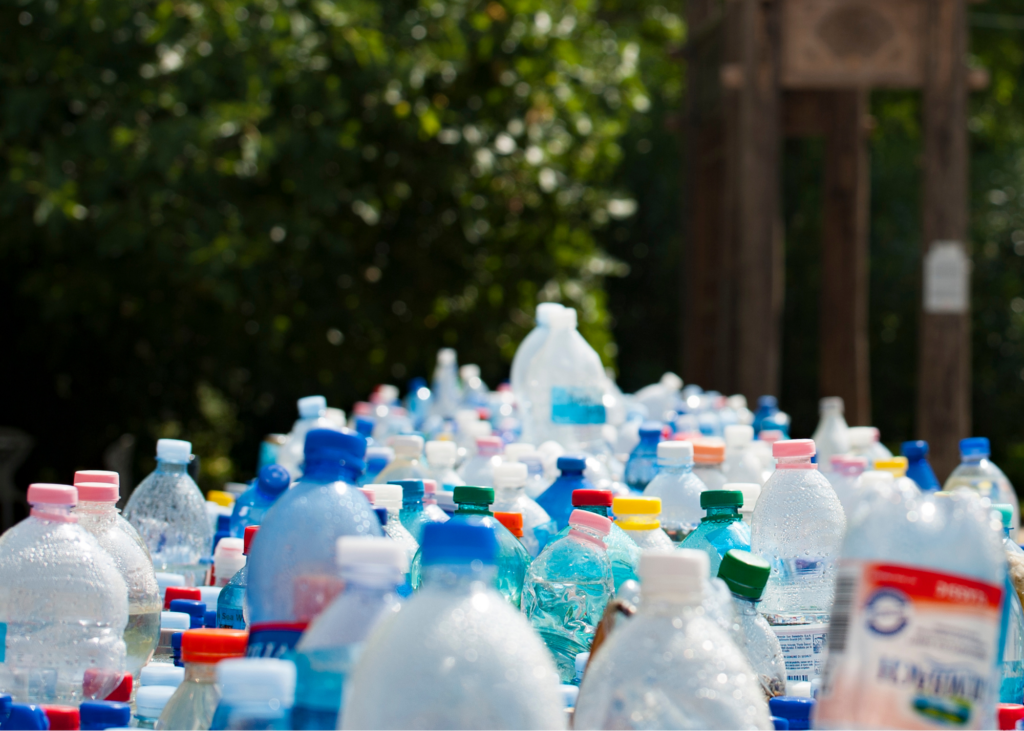
There are admittedly some things that I have done research on and I am interested in trying, but haven’t jumped in yet. Those include reusable razors and conditioner bars.
But the reality is, there is a huge market gap right now. Where are the companies who are making really great products, ones that are still effective (even if they aren’t the same as the chemical bombs we mostly use today) that can deliver things in sustainable planet-friendly packaging?
Even bar soap comes wrapped in paperboard which is wrapped in a (plastics-based) film. Even Tom’s deodorant comes in a plastic tube. Even Grove, which is stepping into a sustainable and organic marketplace when it comes to toiletries and household supplies, still has a majority of products wrapped and packaged in plastic.
It feels like we’re working far more as a society and as businesses on what’s in the bottle than the actual bottle itself. Is that wrong? I don’t know. But both need to be addressed if we are truly going to find better solutions for the planet.
While companies like Unilever are making incredible advancements towards sustainable production and greener products, the fact is that plastic is just a problem that we are not close to fixing and don’t seem to be working on whole-heartedly. I admire Patagonia’s strides in this space, but they shouldn’t be a lone ranger spending millions of dollars on a problem that affects all.
And if we think that it’s okay to use plastic bottles because they are recyclable, we are hiding the truth behind convenient-speak. The overall recycling rate of plastics in the US alone (where municipalities offer convenient recycling centers, I can’t even imagine what this number is in other countries that don’t prioritize recycling) was a mere 8.7% in 2018. BELOW 10%. (source)
For context, in that same year the US generated 35.7 million tons of plastic. When it came to disposal, 3 million tons were recycled and 27 millions tons of plastic went to the landfill.
I wonder how much of that trash plastic makes its way to the ocean?
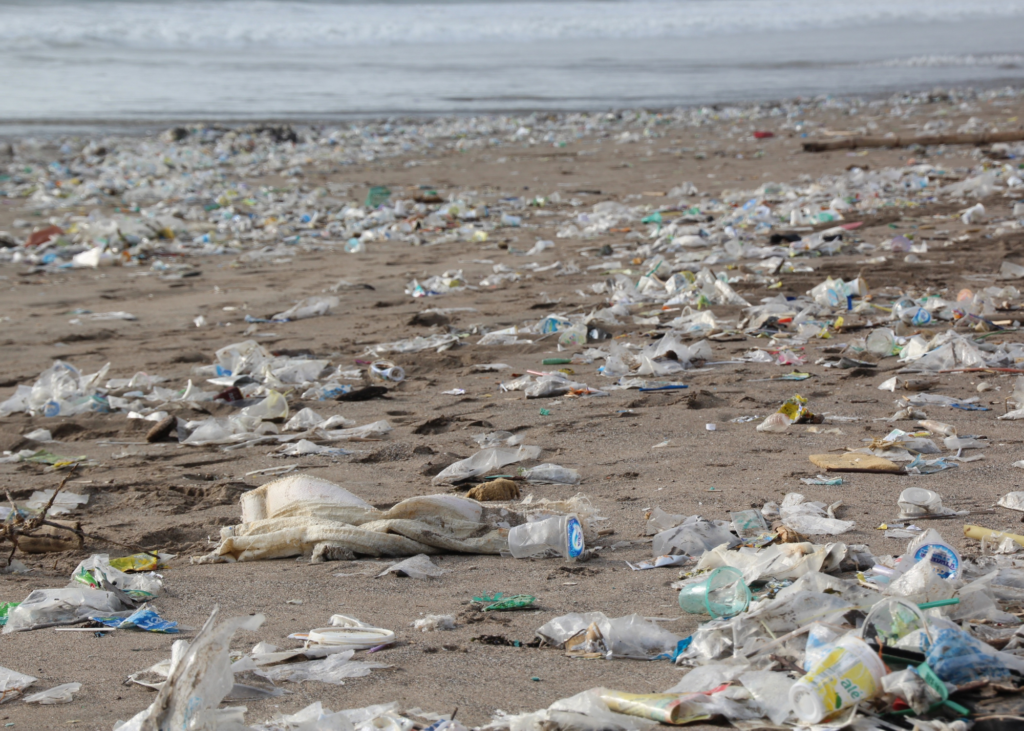
So here is where I think I’ve landed on all of this – for now.
I am going to continue to concentrate on what’s in the bottle. For example, switching to paraben free shampoo and conditioner (I like this, admittedly one-sided yet still balanced, article on parabens and why they matter) and staying true to my Beautycounter products.
I am going to continue to say ‘no’ to plastic straws and ‘yes’ to reusable containers. I am going to keep bringing my own tote bags to the grocery stores and refuse bags at retail stores whenever and as much as I can.
We’re going to continue as a family to use the plastic-free packaged materials whenever we can, provided that they also work.
But we’re also going to continue to slim down plastic consumption where we can. My husband and I share shampoo and conditioner, for example. I don’t wear much makeup at all, I don’t use hair products for styling, and in general we work to keep use – and ultimately purchase – of toiletries down as much as possible.
But I also am not giving up. I am going to continue to support those who are making a difference and actively searching for solutions in this space.
I invite you to join me in our attempts here at home to find ways to reduce plastic usage, even if it seems small. I also encourage you to leave any tips you may have below on what else we can do, what we can try, and how else we can be a part of the solution.
The Earth is depending on us.
